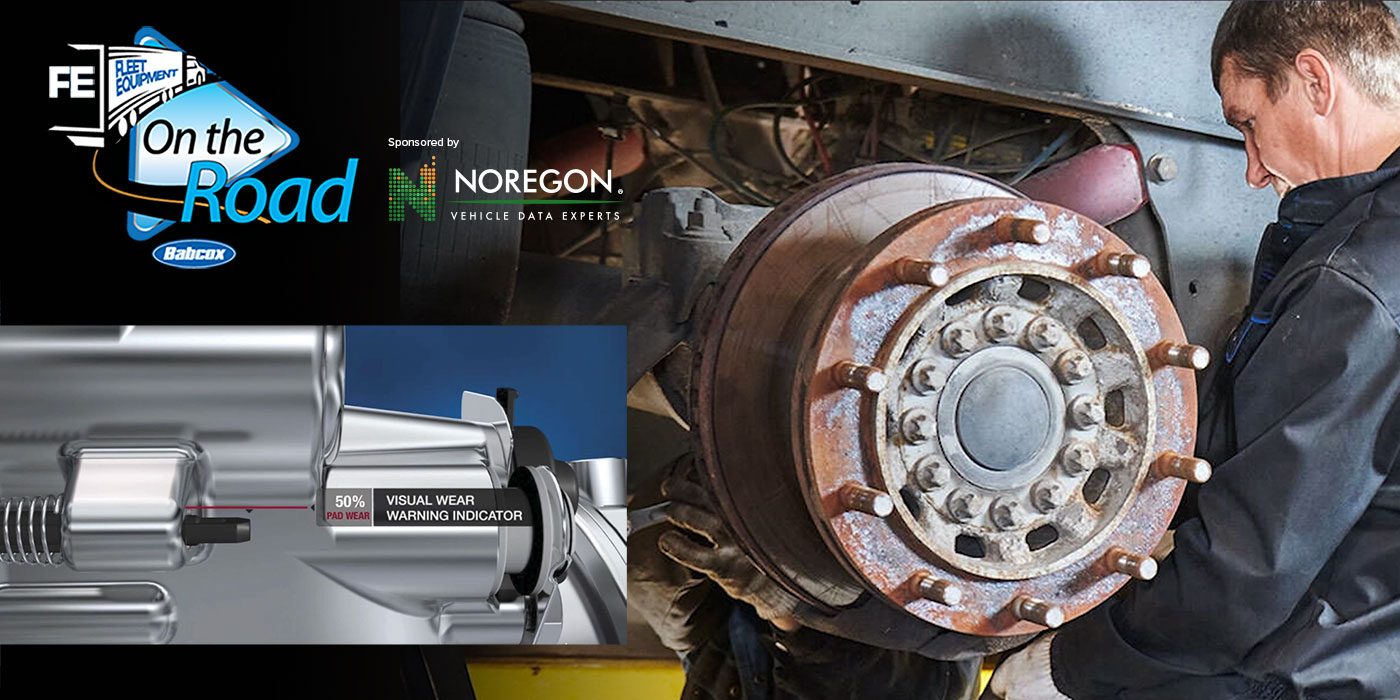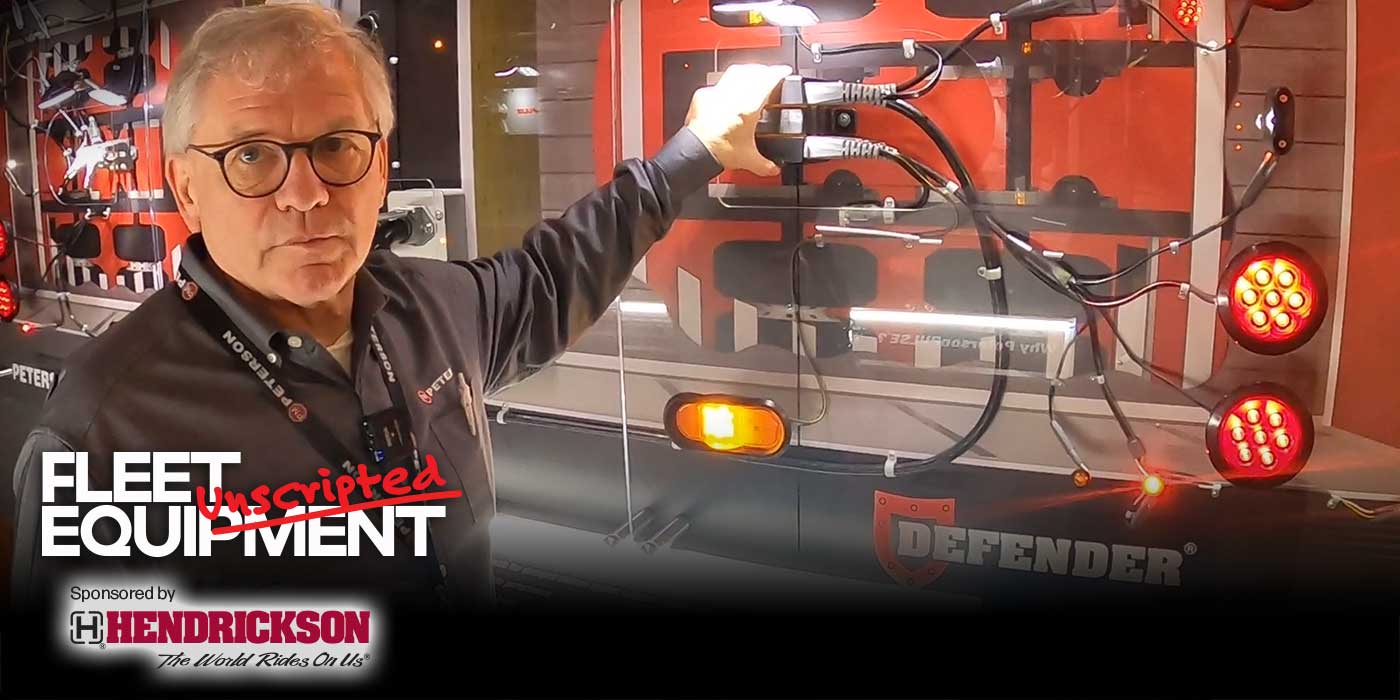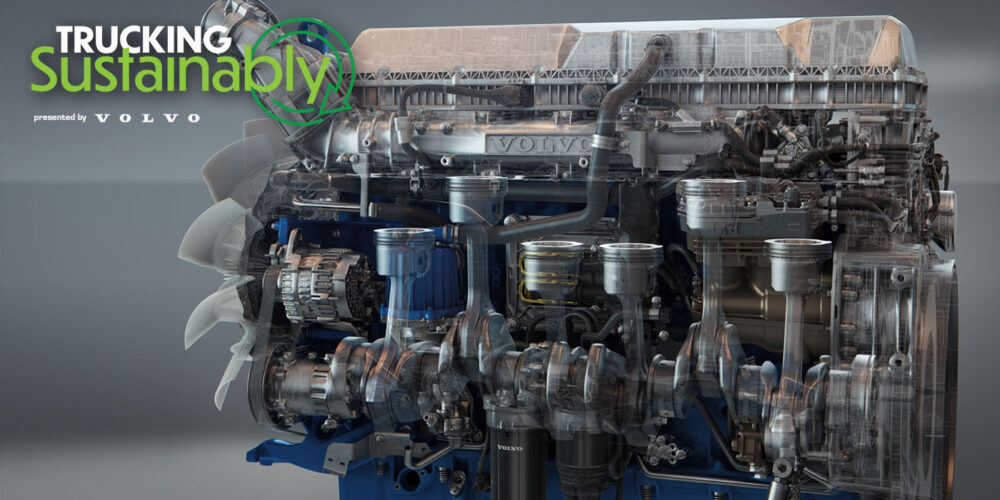Level 2 automation has been a game-changer in terms of safety for about a decade now, and manufacturers continue to churn out better versions of this technology every year.
Click here to watch more of FE’s On the Road video series.
Here is a transcript of the video:
Level 2 automation systems basically work by creating a marriage between software and the truck’s hardware – primarily radar, cameras and brakes. If you’re out of the loop, here’s the 101 on Level 2:
Level 2 safety systems are developed with the goal of mitigating collisions and enhancing the driver experience through automated assistance. Level 2 advanced driver assistance systems can control both steering AND braking and accelerating simultaneously through certain features, like adaptive cruise control, collision mitigation and lane departure warning. This is different than Level 1 systems, which can only sometimes assist the driver with either steering OR braking and accelerating, but not simultaneously – this is more like standard cruise control.
The keys to making Level 2 work are building blocks and redundancy; meaning, when OEMs are developing solutions for highly automated driving, they need to put systems in place that can be upgraded, as well as systems that can provide redundancy between the brake and steering systems. The systems OEMs are working on today have to be built with a flexible architecture, so they can build on and augment each other to enable new features going forward.
So the advantages of Level 2 autonomy begin with features like active steering and automatic emergency braking, but while safety and driver assistance are the primary functions of Level 2 autonomous systems, the benefits don’t have to stop there.
Trucks that use Adaptive Cruise Stop-and-Go tend to experience enhanced fuel economy, too, as the Stop-and-Go feature allows the vehicle to optimally slow itself down and start itself back up.
Introducing a technology that changes how a driver performs his or her job can be tricky, for sure. For some, it is something that they take to very quickly, and for others, it can be a bit more challenging. Fleets looking for a little help should work with suppliers of their technology to make sure they have the most up-to-date training materials, and attend demonstrations when possible.
It’s important that drivers know that even though it’s considered Level 2 automation, the driver is always in control of the vehicle. The technology enhances their alertness, or visibility, or reaction time, but it’s still just technology that requires the driver behind the wheel to take the final action.













